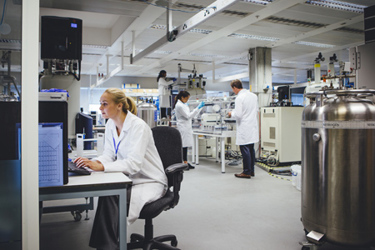Strategies For Effective Environmental Monitoring And Control In Pharmaceutical Operations
By Diane Lockard, Group Leader IV; Alexis Mathews, Site Director, Eurofins BioPharma Product Testing

Establishing an effective contamination control strategy is essential for pharmaceutical operations to meet regulatory standards and maintain optimal quality and safety. The foundational steps involve an Environmental Monitoring Performance Qualification (EMPQ) to identify critical sample sites and cleaning validation to ensure thorough preparation of equipment. A robust strategy follows the Plan, Do, Study, Act (PDSA) process improvement model.
Planning involves mapping the facility, identifying personnel, qualifying gowning procedures, and meticulously documenting procedures. The "Do" phase is the execution of sample collection and analysis, including environmental and personnel monitoring. "Study" focuses on trend analysis of data over time, including seasonal variations, and validating cleaning efficacy through studies using facility isolates. Finally, "Act" involves continuous monitoring, implementing Corrective and Preventive Actions (CAPA), and using Change Control to address deviations and ensure ongoing compliance.
Discover the detailed strategies for a unified approach to quality, safety, and regulatory success by reading the full piece.
Get unlimited access to:
Enter your credentials below to log in. Not yet a member of Cell & Gene? Subscribe today.
